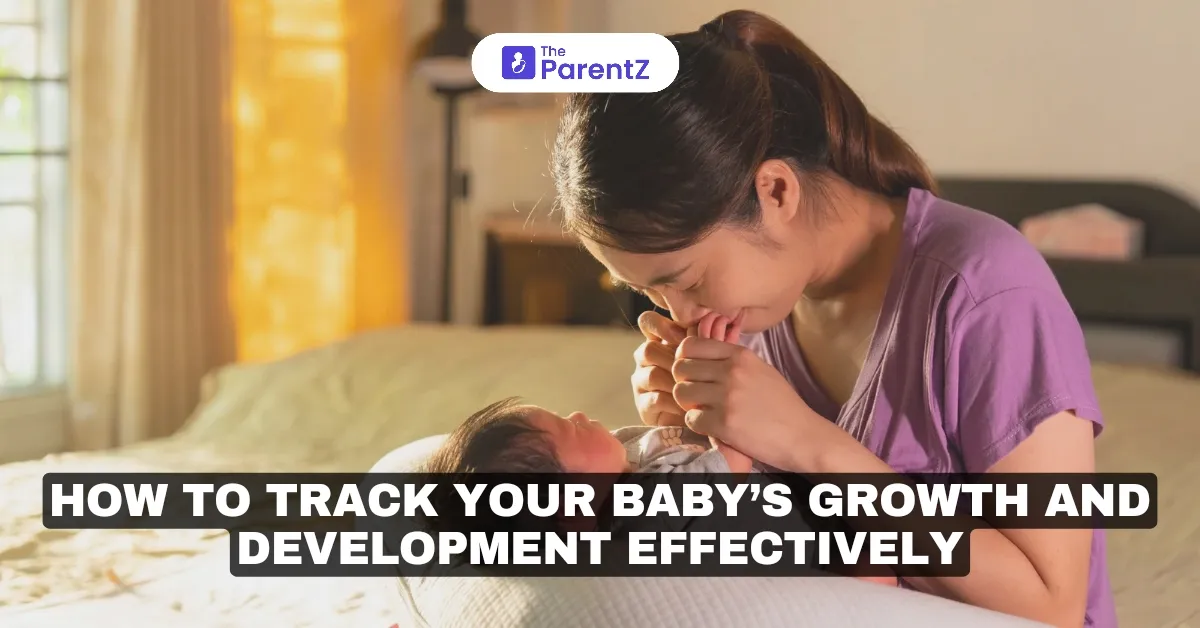As a parent, one of your top priorities is ensuring your baby grows and develops healthily. Unfortunately, with so much information out there, how do you make sure that you’re doing it right? Let’s break down the calculations involved, common mistakes parents make, and how to use a baby growth calculator effectively.
The Importance of Tracking Growth
Before we jump into calculations, let's understand why tracking matters. Monitoring your baby’s growth isn’t just about numbers; it’s about making sure that they are developing healthily. Growth charts help you visualize your baby’s weight, height, and head circumference compared to other babies of the same age and sex. This information can alert you to potential health issues early on.
Key Calculations Every Parent Should Know
- Weight-for-Age: This measures how your baby's weight compares to other babies of the same age.
- Length-for-Age: This tracks how your baby's length compares with peers.
- Head Circumference-for-Age: This indicates brain growth and development.
Using a Baby Growth Calculator
An easy-to-use baby growth calculator simplifies these measurements. Here’s how to use it:
- Input Your Baby's Information: Enter their age, weight, length, and head circumference.
- Analyze the Results: The calculator will show where your baby falls on the growth chart percentiles.
Example:
Let’s say you have a 6-month-old baby who weighs 16 pounds and measures 26 inches long. You enter these details into a baby growth calculator:
- Weight Percentile: If the calculator shows that your baby is in the 75th percentile for weight, this means they weigh more than 75% of babies their age.
- Length Percentile: If they are in the 50th percentile for length, they are taller than half of their peers.
Common Mistakes Parents Make
Inconsistent Measurements: Parents often measure their baby’s weight or length at different times or under different conditions (e.g., with clothes on). Always measure under similar conditions for accuracy.
- Ignoring Percentiles: Some parents worry if their child isn’t in the 50th percentile. Remember, as long as your child follows their curve consistently; they’re likely healthy—percentiles are just a comparison tool.
- Not Using Correct Charts: Ensure you’re using the correct growth chart for your baby's gender and age group. Boys and girls have different growth patterns.
- Overlooking Head Circumference: Many parents focus only on weight and length but neglect head circumference, which is important for assessing brain development.
Steps to Track Your Baby's Growth Effectively
- Regular Check-Ups: Schedule regular pediatric visits where your doctor will measure your baby's height, weight, and head circumference.
- Use a Baby Growth Calculator: After each visit, input the measurements into a baby growth calculator to track progress between appointments.
- Plot on a Chart: If you prefer a hands-on approach, print out a growth chart and plot your baby's measurements manually. This visual can help you see trends over time.
- Consult Your Pediatrician: If you notice irregularities or have concerns about your baby's growth pattern, don’t hesitate to discuss them with your healthcare provider.
Red Flags in Baby Growth
When to Seek Professional Advice:
- Significant weight loss
- No weight gain for extended periods
- Sudden growth pattern changes
- Developmental milestone delays
FAQs About Tracking Baby Growth
How often should I measure my baby?
You should measure your baby’s height and weight monthly during the first year and every few months after that.
What if my baby isn't following the average growth curve?
Every child is unique; consult with your pediatrician if you're concerned about significant deviations from their growth curve.
What does it mean if my baby is in a lower percentile?
Being in a lower percentile doesn’t necessarily indicate a problem; it’s essential to look at overall trends rather than single measurements.
Is it okay if my baby fluctuates between percentiles?
Yes! Babies grow at different rates; as long as they are growing steadily over time, fluctuations can be normal.
Conclusion
Tracking your baby's growth doesn’t have to be complicated or stressful. By understanding the key calculations involved and utilizing tools like a baby growth calculator, you can confidently monitor your child's development. Remember to keep an eye out for common mistakes and consult with healthcare professionals whenever necessary.








Be the first one to comment on this story.